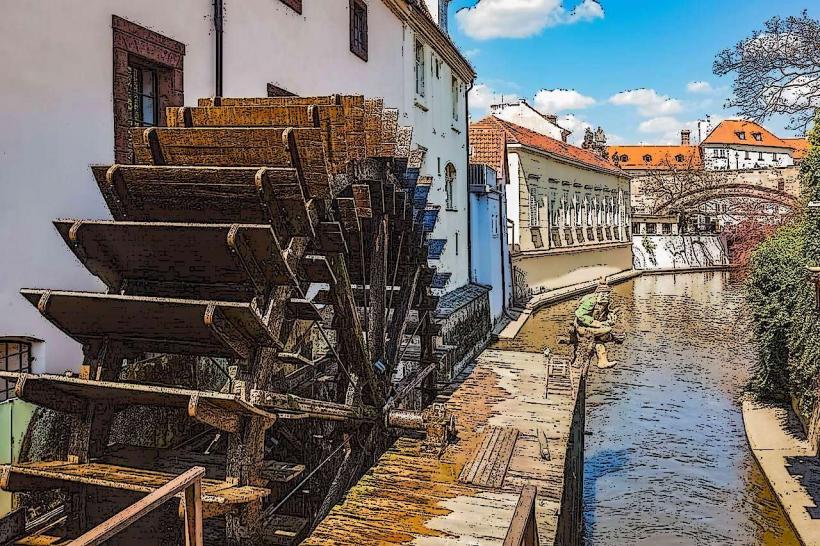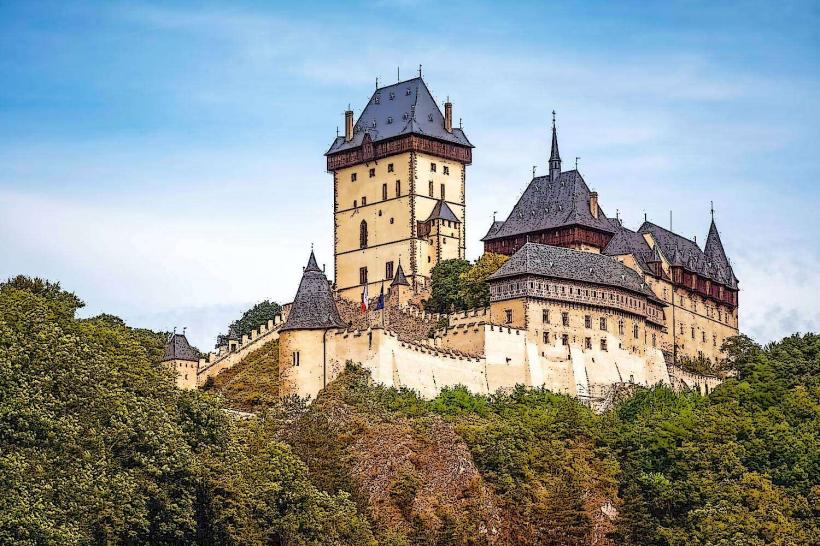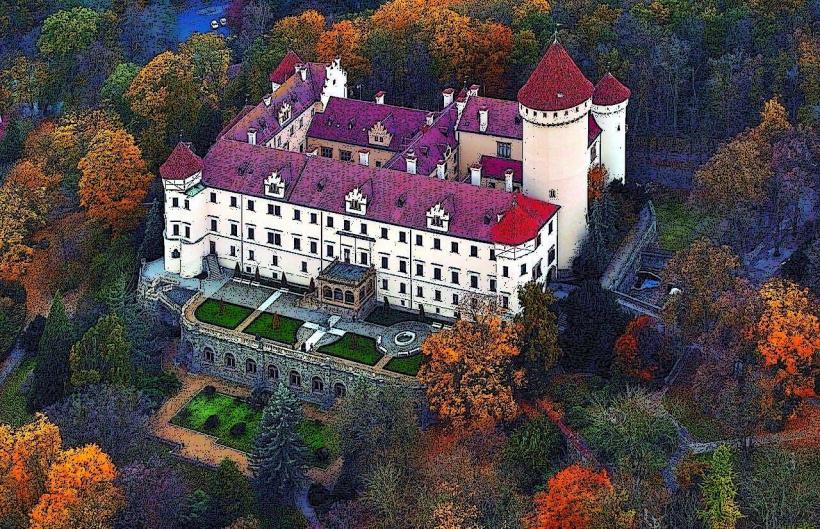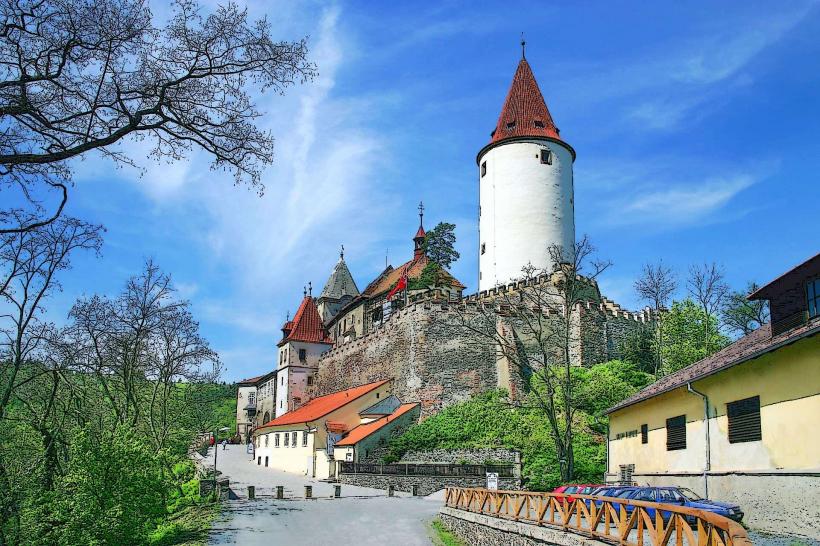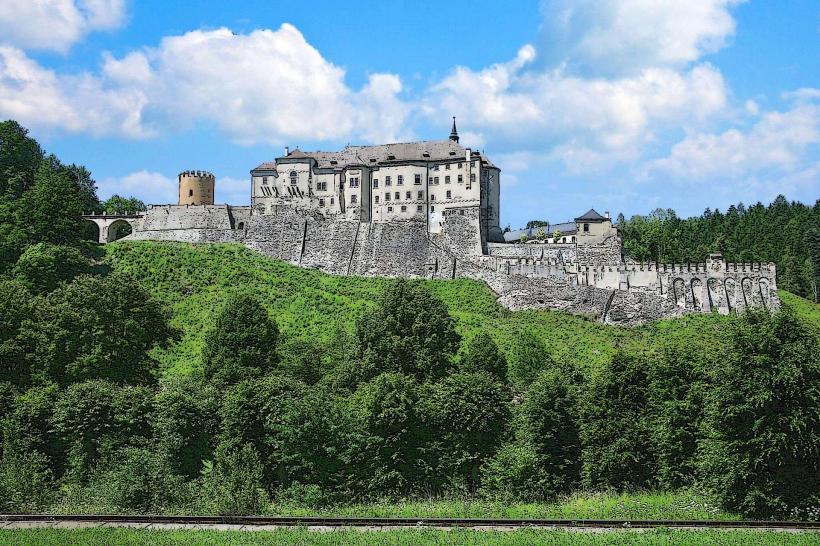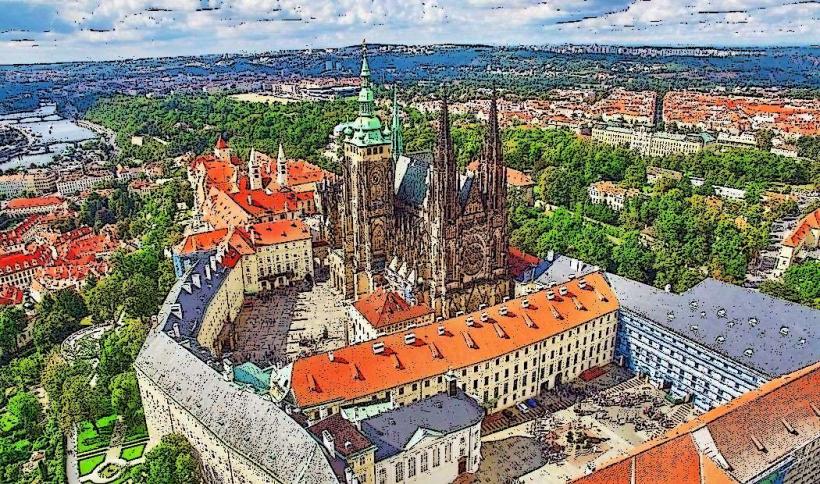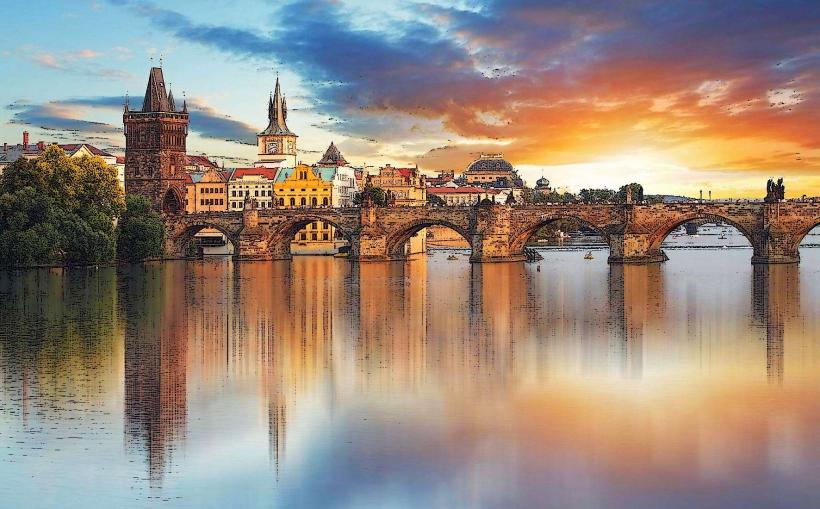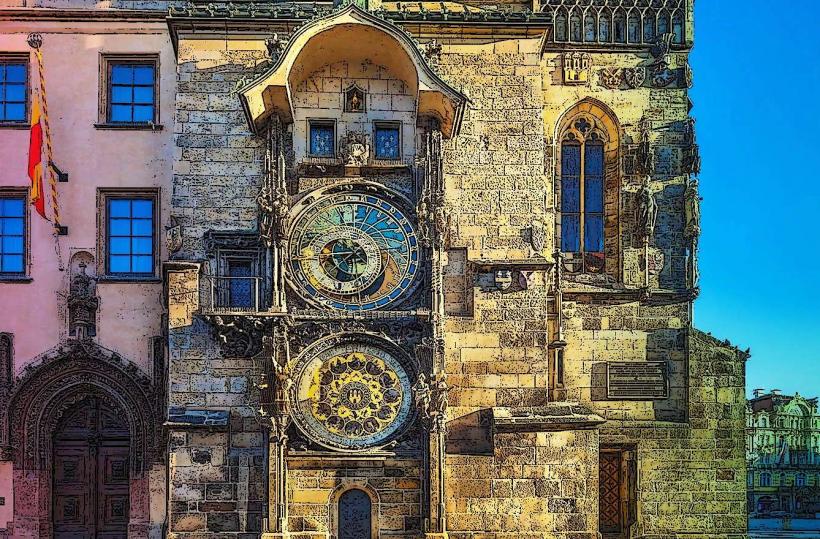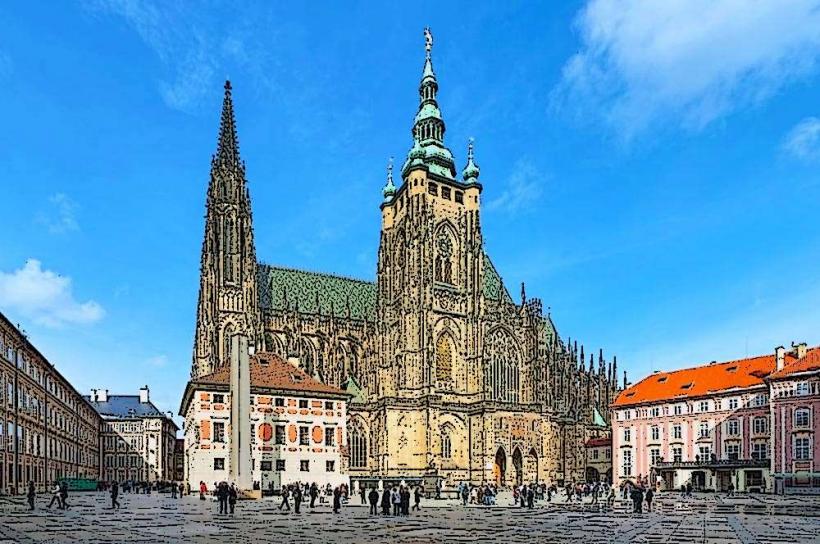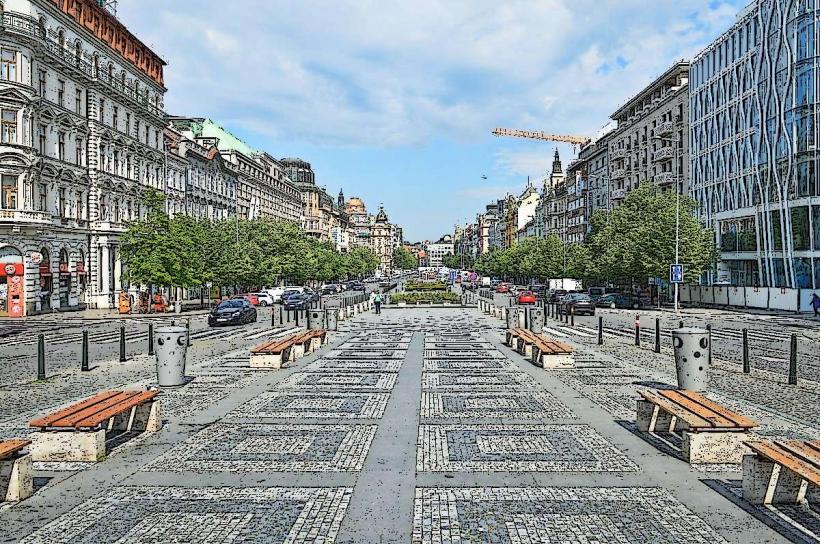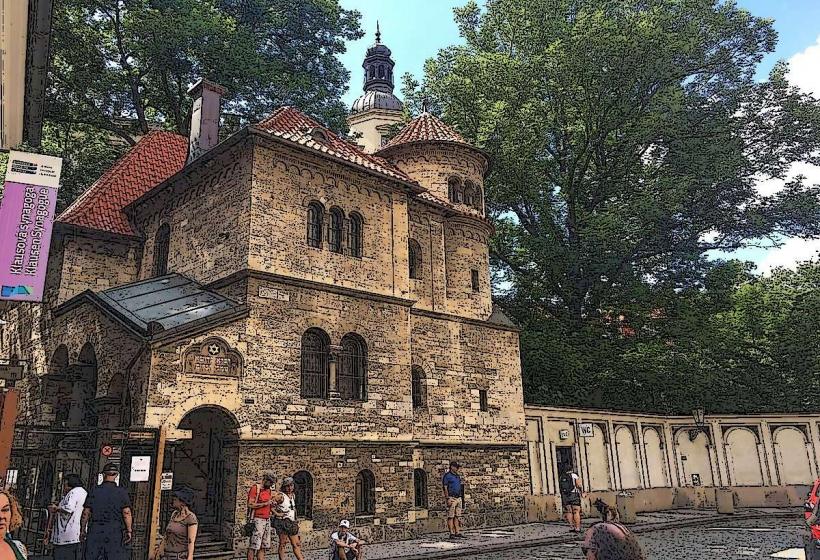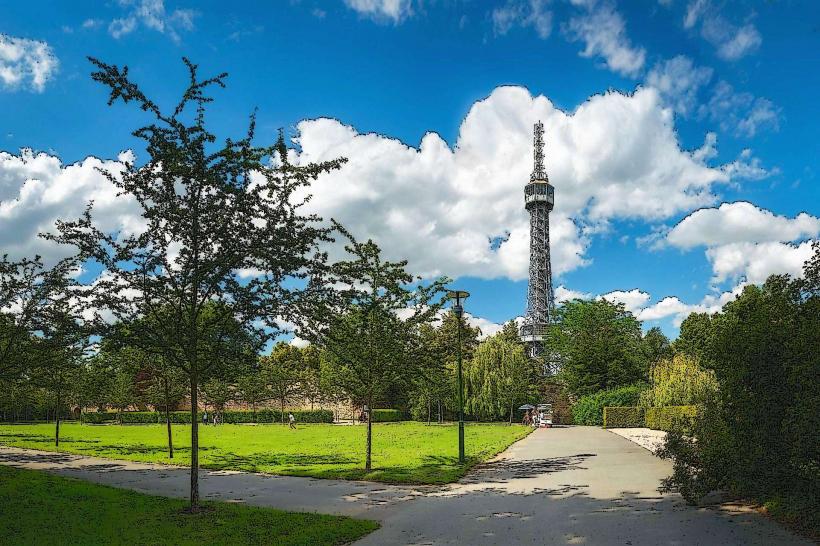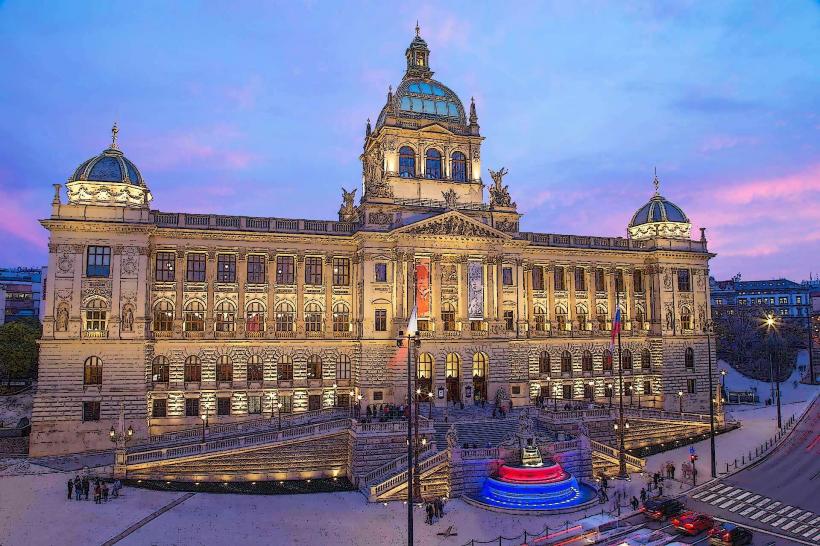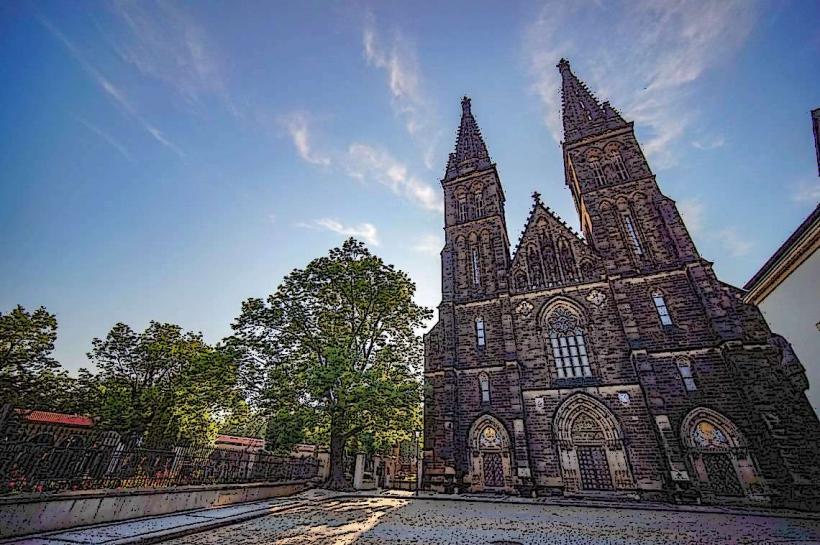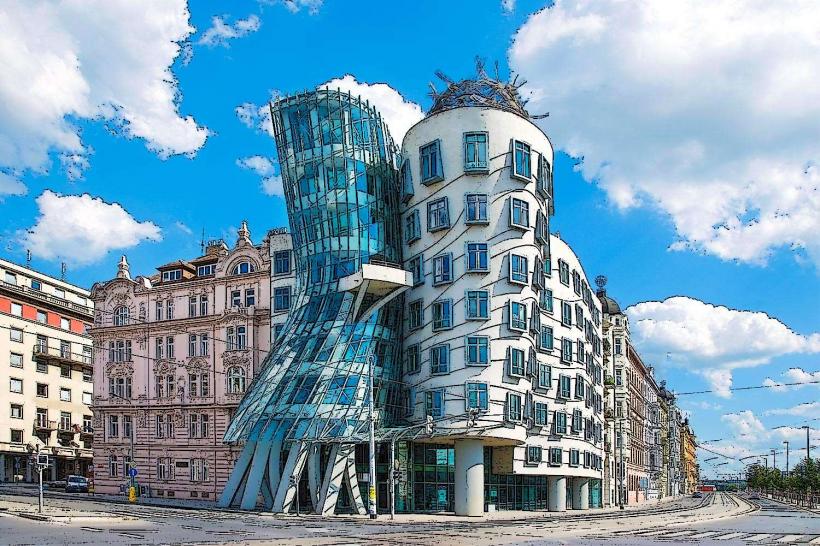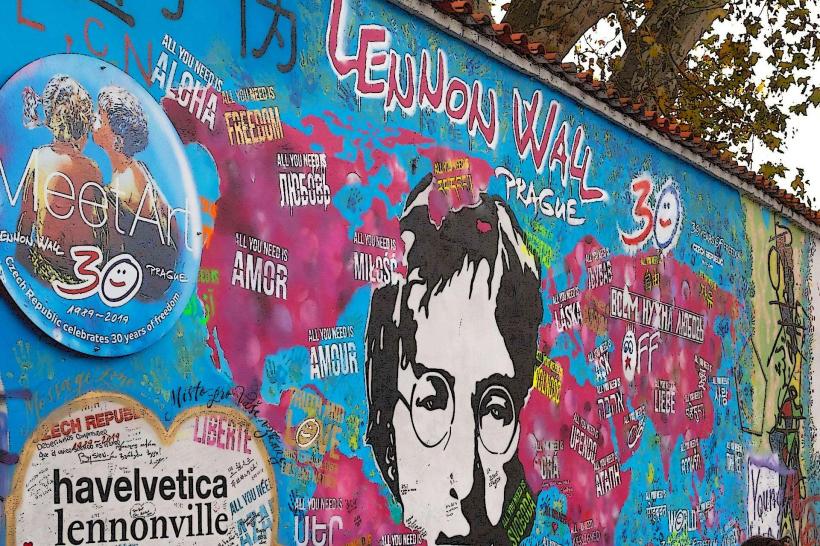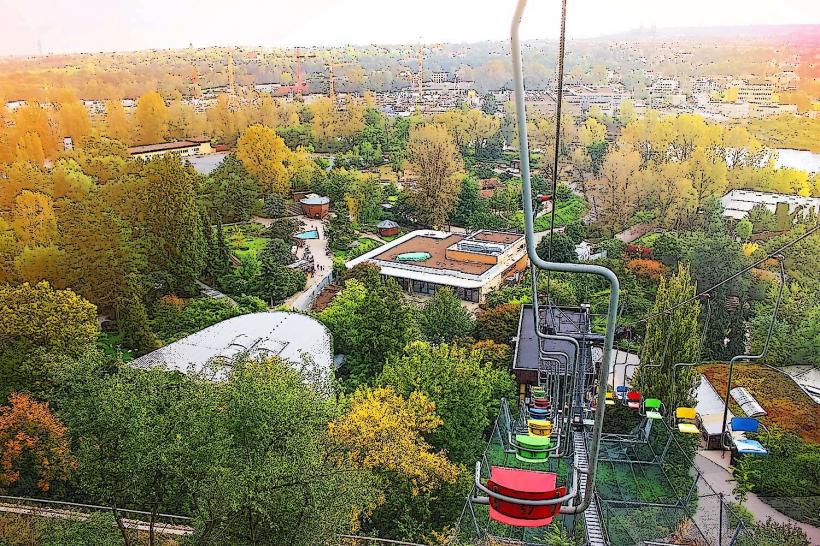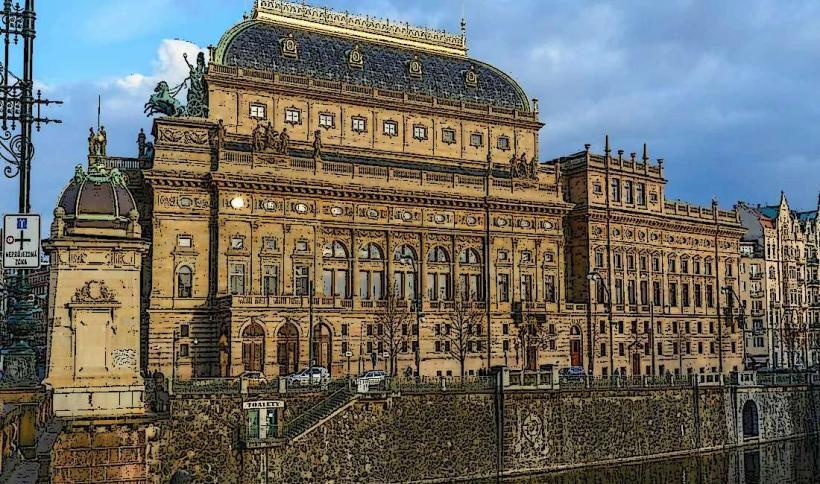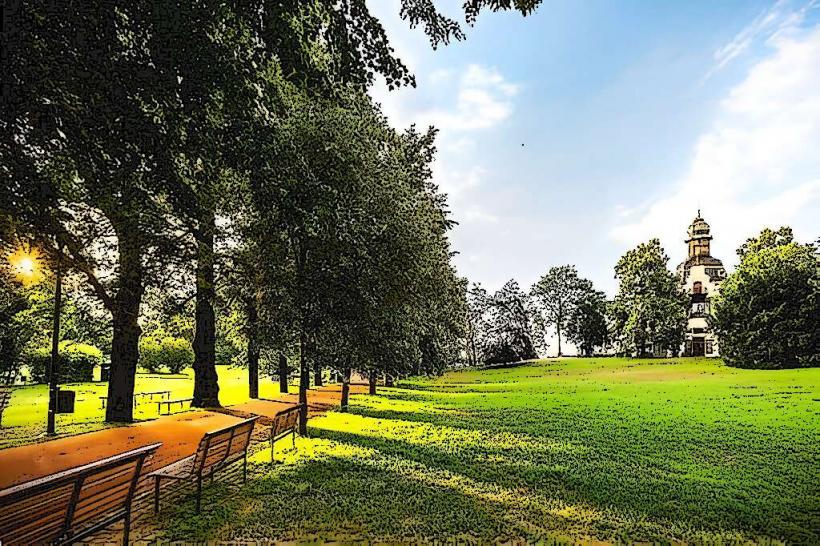Information
Landmark: Strahov MonasteryCity: Prague
Country: Czech Republic
Continent: Europe
Strahov Monastery – Detailed Overview
The Strahov Monastery (Czech: Strahovský klášter) is one of Prague’s most historic and beautiful religious sites, combining rich baroque architecture, cultural significance, and outstanding libraries. Situated on the Strahov Hill, near Prague Castle, the monastery offers visitors a glimpse into both the religious history and intellectual legacy of the Czech lands. It is a functioning monastic complex and a major tourist attraction in Prague, known for its spectacular views over the city and its Stunning Baroque church, as well as its libraries, which are considered among the most impressive in Europe.
History of Strahov Monastery
Foundation and Early Years
Founded in 1143, the Strahov Monastery was established by Pope Innocent II as a premonstratensian abbey. The Premonstratensians were an order of monks founded in the early 12th century, committed to prayer, study, and service to the community. Strahov’s location, high up on Strahov Hill, was strategically chosen for its isolation, allowing the monks to live a contemplative life.
The monastery and its church were originally built in Romanesque style but were later expanded and remodeled in the Baroque period, most notably in the late 17th century and early 18th century.
Development and Growth
During the 30 Years' War (1618–1648), the monastery suffered considerable damage. However, in the late 17th century, under the abbot Hermann Mahr, the Strahov Monastery underwent significant reconstruction in the Baroque style. The church and other monastic buildings were redesigned, with Baroque architects and artists contributing to the grandiosity of the structure.
In the 18th century, the monastery also became a center of learning, with the establishment of libraries that would later grow to be internationally renowned. The monastery’s scientific and theological studies became famous, and its library collections expanded significantly, especially under the direction of Abbot Lamberger.
Post-Monastic History
During the Austrian Empire period, the monastery faced significant challenges. It was secularized in 1785 by Emperor Joseph II as part of his wider effort to diminish the influence of the Catholic Church, a policy known as Josephinism. Despite this, the monastery remained open and retained some monastic functions.
The Strahov Monastery also suffered under communist rule in Czechoslovakia, with many of its properties and assets nationalized. However, the monks eventually returned to the monastery after 1989, following the Velvet Revolution, when Czechoslovakia transitioned from communist rule.
Architecture and Features
Strahov Church of the Assumption of the Virgin Mary
The Strahov Church, also known as the Church of the Assumption of the Virgin Mary, is the most prominent feature of the monastery. The church is a striking example of Baroque architecture and is known for its splendid interiors.
Baroque Design: The church’s design was heavily influenced by Italian Baroque, with an emphasis on dramatic effects, expansive spaces, and ornamental decoration. The church features beautiful frescoes, ornate altars, and a stunning ceiling, all painted by renowned artists like František Zdeněk and Václav Vavřinec.
The Ceiling Fresco: One of the most significant features of the church is the frescoed ceiling, painted by Václav Vavřinec. The fresco depicts the Assumption of the Virgin Mary, and it’s considered one of the most important examples of Baroque ceiling painting in the country.
Interior Art: The altars, sculptures, and stained glass windows within the church are exquisite examples of Baroque artistry, with works by some of the best-known artists of the period.
Strahov Library
The Strahov Library is one of the monastery’s most famous features, particularly the Theological Library and the Philosophical Library, both of which are significant examples of Baroque library design.
Theological Library: This library is a grand hall with a ceiling fresco by Mikoláš Aleš depicting various religious scenes. The library contains around 18,000 volumes, including rare theological texts, medieval manuscripts, and works from the Renaissance and Baroque periods.
Philosophical Library: The Philosophical Library, which is considered one of the most beautiful in Europe, is an impressive room decorated with baroque frescoes and fine woodwork. The library houses a vast collection of books on philosophy, history, and science, with around 42,000 volumes.
Baroque Ceiling Frescoes: The frescoes in both libraries are notable for their intricate designs and the use of allegorical themes, reflecting the intellectual pursuits of the monastery’s monks.
Preserved Books and Manuscripts: The Strahov Library holds many historically significant texts, including incunabula (books printed before 1500), illuminated manuscripts, and early printed books. Many of these texts are still carefully preserved and are part of the monastery's extensive collection.
Other Structures
Strahov Cloisters: The cloisters surrounding the main building of the monastery are a peaceful area, providing a calm and contemplative atmosphere. The cloisters feature beautiful Baroque arches, with a garden in the center.
Monastery Gardens: The monastery also features extensive gardens that offer a peaceful escape. Visitors can stroll through these gardens and enjoy views of the surrounding Prague cityscape.
The Strahov Monastery Today
Today, the Strahov Monastery is a functioning religious community, housing a Premonstratensian order of monks. It continues to serve as a place for prayer, study, and reflection, but it also operates as a museum and cultural center, drawing tourists from all over the world.
Museum and Cultural Center: The monastery complex houses a museum, where visitors can learn about the monastery’s history, its architectural development, and the lives of the monks. There are also exhibitions related to the monastery’s artistic heritage and religious significance.
Tourist Attraction: The monastery is open to the public, and visitors can tour the Strahov Church, visit the Strahov Library, and enjoy the views over Prague from the hilltop.
Café and Brewery: The monastery is also home to the Strahov Monastery Brewery (Strahovský pivovar), where visitors can taste local Czech beer brewed on the premises. There is also a café where guests can relax and enjoy traditional Czech food.
Interesting Facts
The Monastery Brewery: The Strahov Brewery is one of the oldest in Prague, dating back to the 12th century. Although it was closed during the communist era, it was reopened in the 1990s and has since regained its place in Prague’s brewing history.
Famous Visitors: Over the years, the monastery has hosted many notable figures, including Austrian emperors and religious leaders, who have visited the Strahov Monastery’s church and libraries.
Strahov Monastery’s Views: The monastery’s elevated position provides some of the best panoramic views of Prague, including vistas of the Prague Castle, Charles Bridge, and the Old Town.
Conclusion
The Strahov Monastery is a significant cultural, historical, and architectural landmark in Prague. Its Baroque church, remarkable libraries, and serene surroundings make it a must-visit site for those interested in the city’s religious, intellectual, and artistic history. Whether you’re drawn to its religious significance, architectural beauty, or the peaceful atmosphere of the monastery, Strahov offers a rich and meaningful experience for visitors.

